Death Sustains Life
I was moved by a note from Juneisy Hawkins expressing surprise that a woman in a video cooking a whole fish couldn’t bear to see its head and had to cover it. And then was surprised that the fish had teeth. This provoked my feelings about death and food.
When you eat a potato, do you think about how it was harvested? When potatoes are dug with a machine, lives of many living things are taken, right then and there. Even if said potato is harvested by hand with a trowel or hoe, living things die. Certainly the aerial part of the potato dies if it’s still growing. By eating that potato you are responsible, indirectly, for those lives ending.
The end of life is inseparably linked to the beginning of life on our planet. And humans are part of the cycle of life as are the all lifeforms here. You can choose foodways that limit the kinds of life that end for your nourishment, but no paths to nourishment are free of death.
In the world of fungi, death and life are often linked. The honey mushroom is saprobic: it gains its energy through the death of trees. The presence of honey mushrooms is always tied to dead and decaying wood. The dead wood brings life again as its energy is recycled to support other life. Honey mushrooms are an excellent food.
Fear of Death
In most western cultures, we loathe and fear death. Look at the absurd things humans do to avoid their own deaths. We sacrifice astonishing amounts of wealth to get “more life” for the terminally ill. What is that “more life” like? How many novels and movies feature a character hell bent on not dying?
Think about the supermarket. In the US, you mostly see food that has been stripped down to the most edible bits, the evidence of thriving life removed to allow us to disconnect completely from the food in living form. Sure, you can see carrots with their tops, radishes sometimes. At farmers markets more so. But mostly what you see is trimmed, washed, dried and merchandised edible bits that make you think about eating—not where that food originates and how it grows or lives.
With meat and fish, we go a long way to keep the customer from seeing anything like a dead fish or dead hog in the cases or on the shelves. In the US, there are no whole animals on display, certainly not any live ones. The trimmed and wrapped and sterilized packaging makes it all look neat and tidy; there is no blood, no eyes, no mouths on display. Nary a chicken feather is to be seen.
The market is doing it’s best to separate the life of food from market-ready [dead] food. In the US there are sometimes a few things live in markets: potted flowers and herbs. Foodwise: you often see bivalves and crustaceans. But even those are often sold side by side with the pre-cooked and ready to eat versions.
We have normalized the disconnection between eating food and the life of food. Is it ok to be uncomfortable with food being dead? Why do we want to go through life with as little focus as possible on lives ending for our nourishment? Would we be better off if we were less death-phobic? Why do we normalize this? What would our great grandparents say?
I sometimes wonder what a predator feels when it takes prey. Does it feel elation? Regret? Satisfaction? I’m sure that she acts with confidence, resolve and likely without remorse. And if she is a carnivore, there is no life without knowing what her nourishment looks like alive and how it lives and grows. Why are we so removed?
Embracing the Face of Your Food


Consider what happened between the two photos above. I walked 45 minutes to the harvest spot. I confirmed the ID of both plants, which has taken me a few years of learning the why, when and how to harvest them. I looked closely at each plant. I introduced myself, facing them, and asked for permission to harvest. I only took what I needed. I thanked them for nourishing me. After walking back and heading home, I washed and dried, removed leaves, cut a bit of stem. Only then were the ferns and milkweed shoots at the point vegetables are presented in a market. Then I assembled them into a salad with care and respect.
The fish in the photo above, I caught recently. I fished for 90 minutes unsuccessfully before I caught it. When I did, I honored it and gave it a swift death. I took it home and dressed it. I accepted my role in its death and respected the nourishment it gave me. I put thought and care into the preparation leveraging wild ingredients I harvested myself and farmed ingredients from the farmer’s market and local health food store.
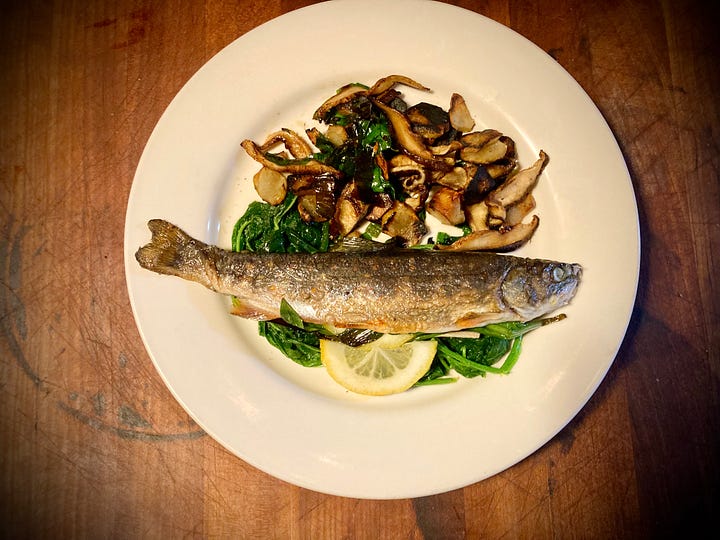

Making Time and Choosing Your Foodway
I understand that the lifeways many of us choose don’t allow for the time I invest in nearly every meal. I consciously choose to make that time. You might say I sacrifice other things I could be doing to participate intimately with my nourishment. By offering this time and care, I create respect and reciprocity with the earth that we all depend on for our nourishment. And I do it directly and with earnest intent.
You may think I’m silly to take time to honor my food. Sometimes I do too, when I do it aloud and no one hears but me. But over time I sense that my body, my heart and my spirit accept my nourishment without qualm or dilemma or regret.
Every year I volunteer for forest clean ups, take time in the woods to assist with habitat maintenance and wildlife management and I donate time to teach people about sustainable wild food harvesting.
What do you do to create reciprocity in return for the nourishment you receive? Are you composting? Volunteering time on a farm or in the fields and woods? Are you giving conscious thought about how to give back to that which sustains you?
There are good reasons to adopt a foodway of your own choosing. I respect most of the reasons people give for choosing theirs. And I honor that foodways are the choice of the eater and no one else.
It is important to be at peace with what you eat. My advice is simply to face the face of your foods as they live. If they are farmed, do some gardening or volunteer at a farm. Learn the ways your food lives. Wild or farmed, ask permission before you harvest. Introduce yourself if it doesn’t seem too weird; talk to your food. You’ll be better able to honor your nourishment if you know their lives and how they grow. That doesn’t mean that you can’t shop at a market and still practice reciprocity. Build relationships with your food. Don’t let someone else own the relationship.
Putting It Together
Committing to your foodway and investing the time and effort to know the face of your food can improve your health, your energy and your outlook. However you choose to nourish yourself and your family should reflect a journey of understanding taught by the stories of the food you eat.
Time is valuable. Investing time in your food is valuable. An understanding of how your food is raised or grown matters. And accepting that there is no raising or growing food without the end of other lives is essential to being at peace with your nourishment. Embrace life and accept death.
Remember to enjoy your food, ideally prepare it yourself. Eat slowly, with family and friends. If you eat alone, make that time valuable and don’t neglect it.
Thank you for your support of On Food Without Compromise.
Good cooking, good eating, good loving - K. Paul

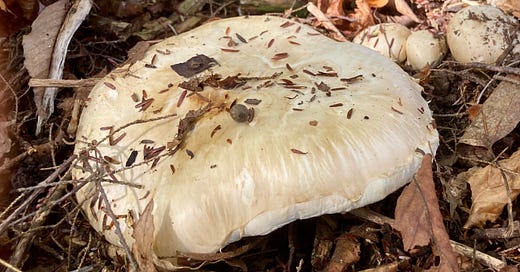


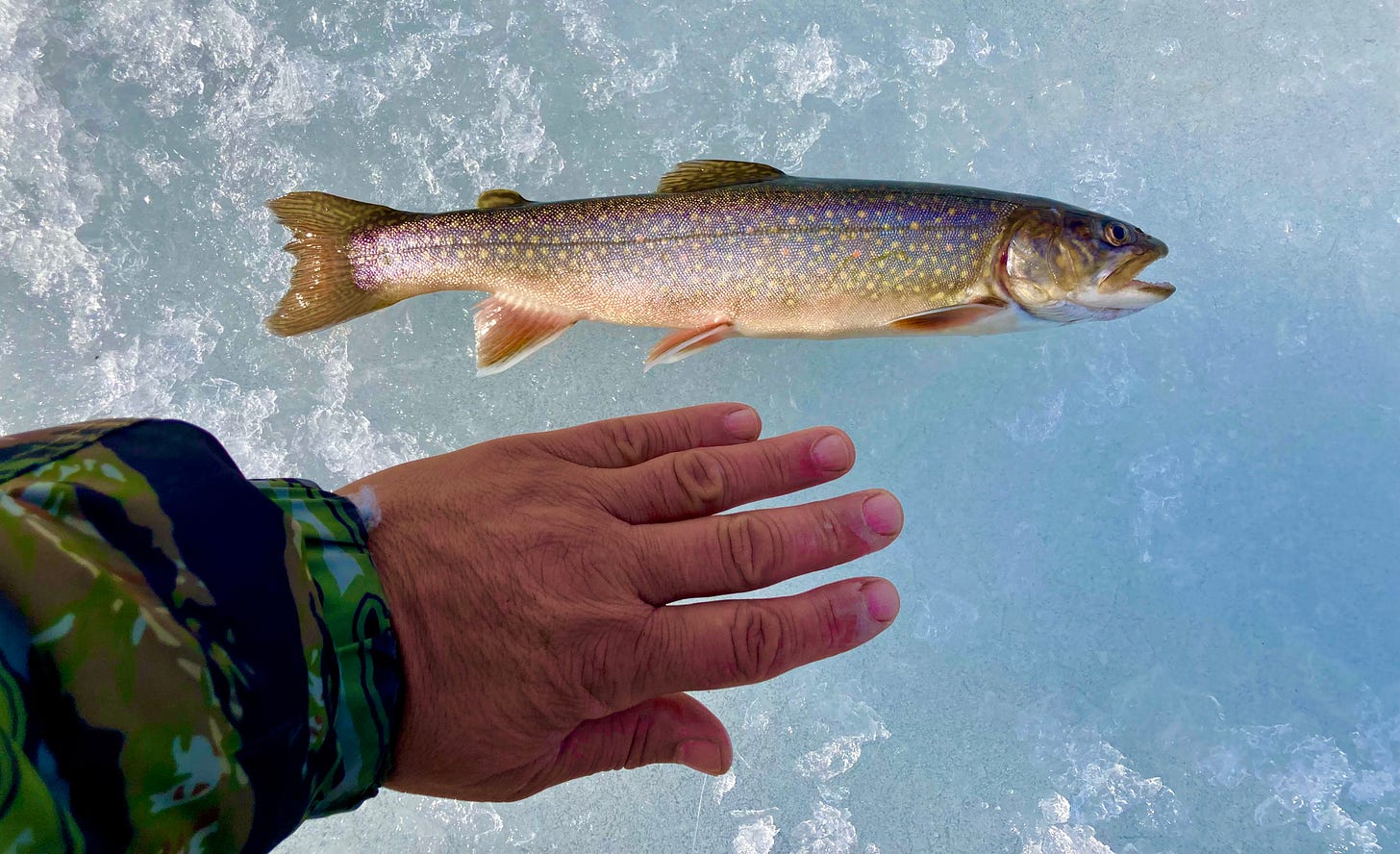
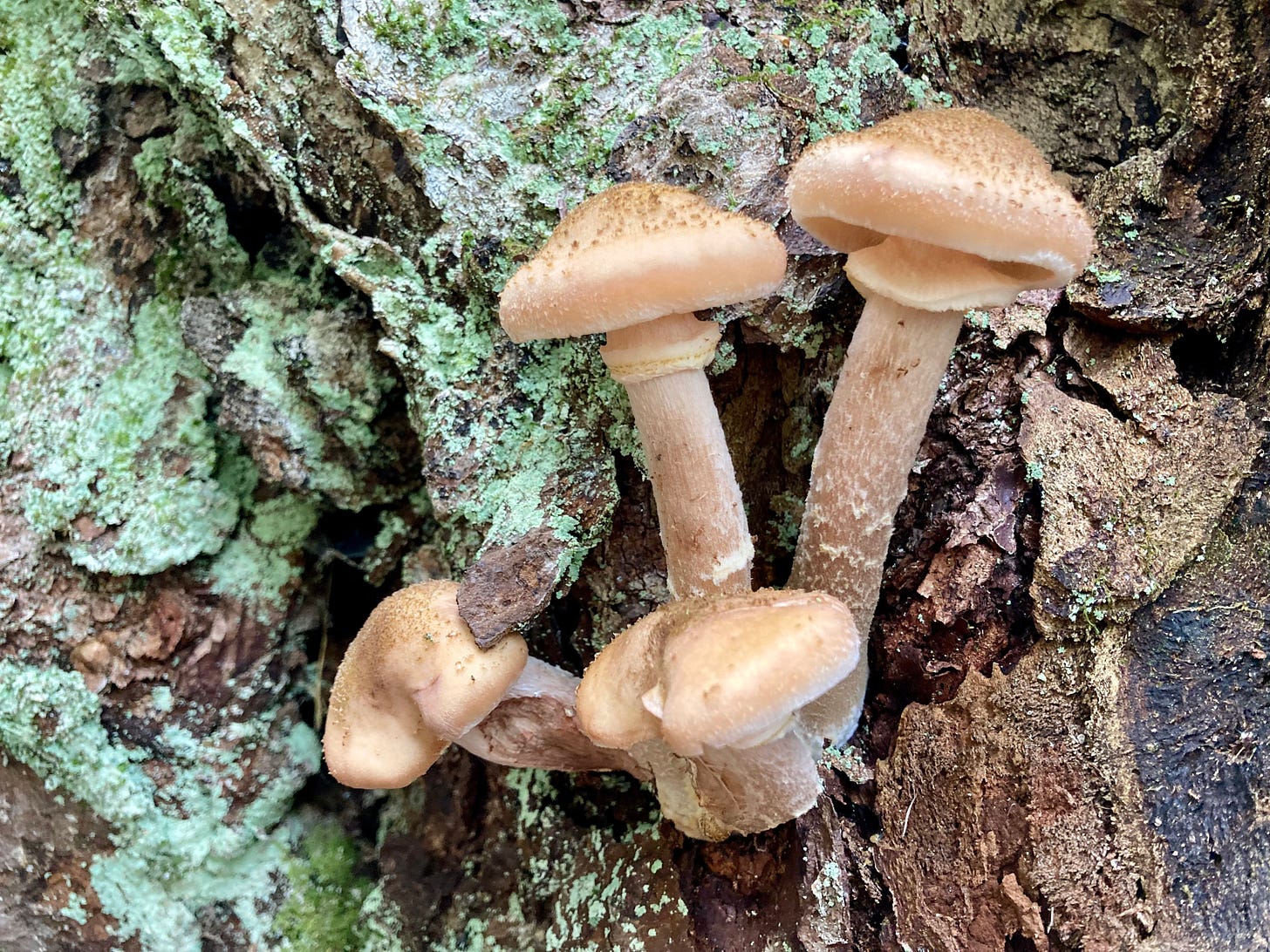
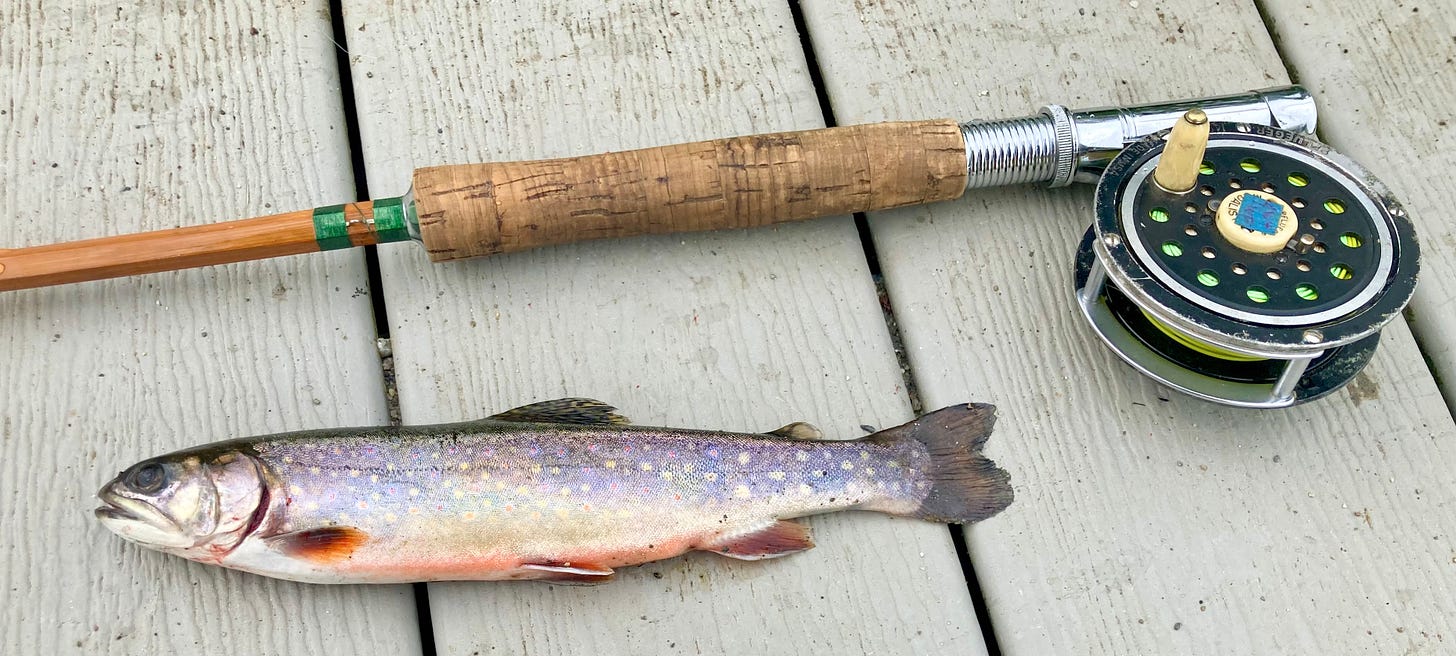
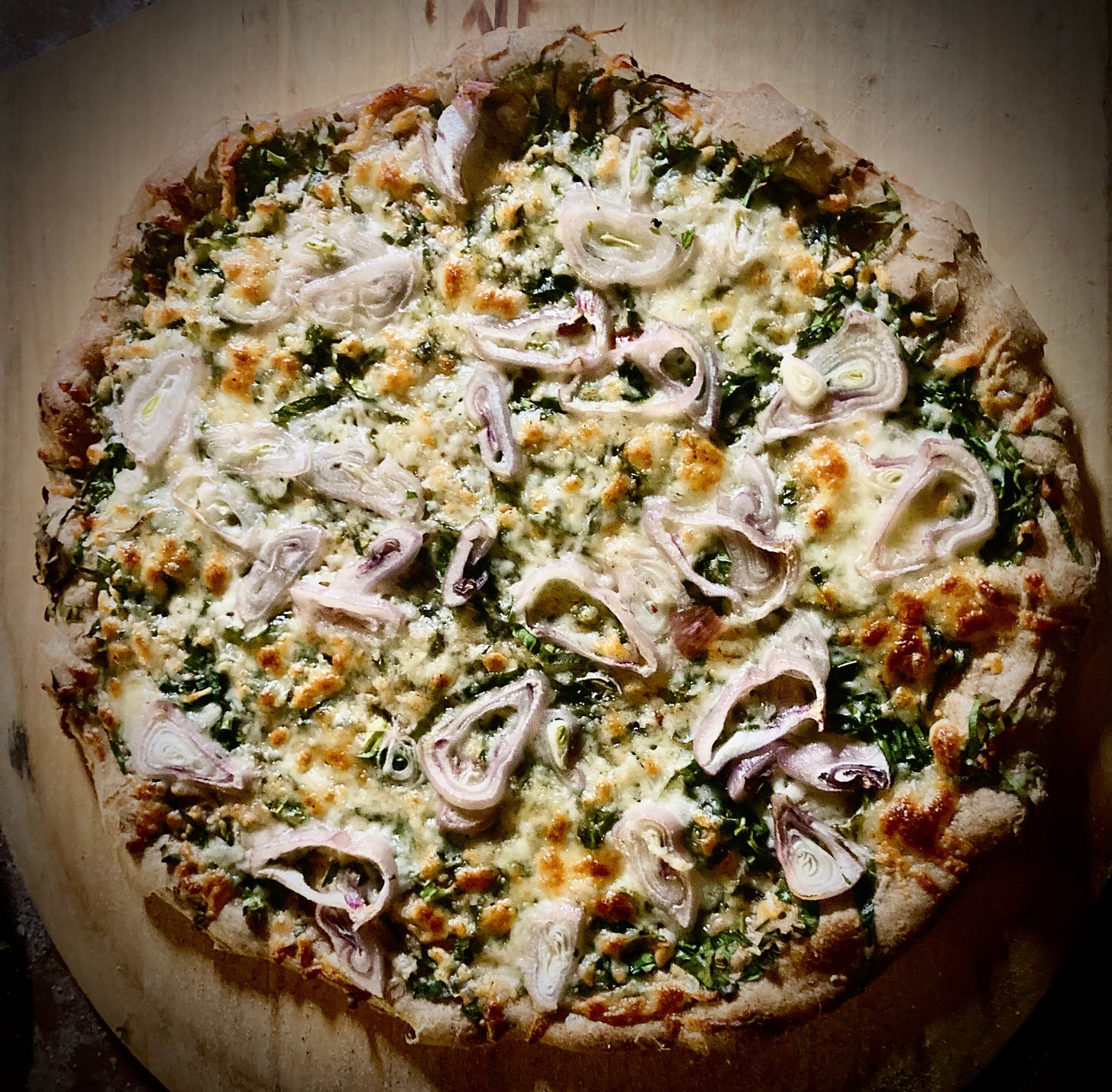
This is a wonderful read. I am trying to learn to honour the food I eat in the way you do. It is really a lovely thing. Often though I just forget until I'm about half way though or even finished which really annoys me. I'm going to try harder!
This was terrific.